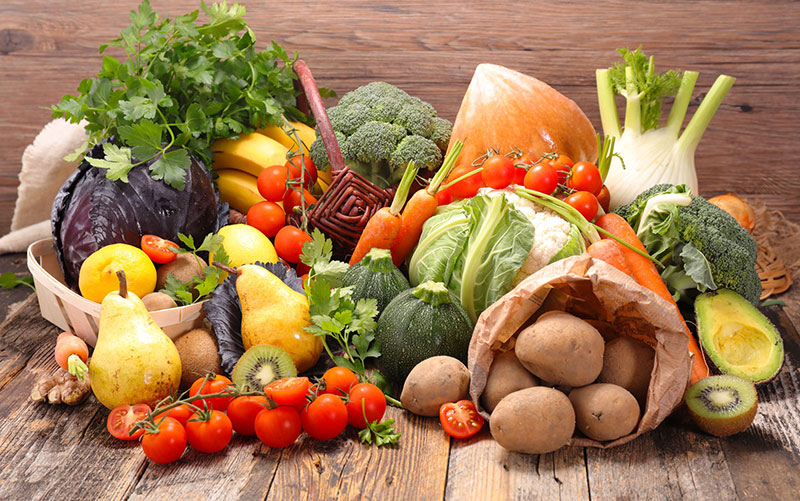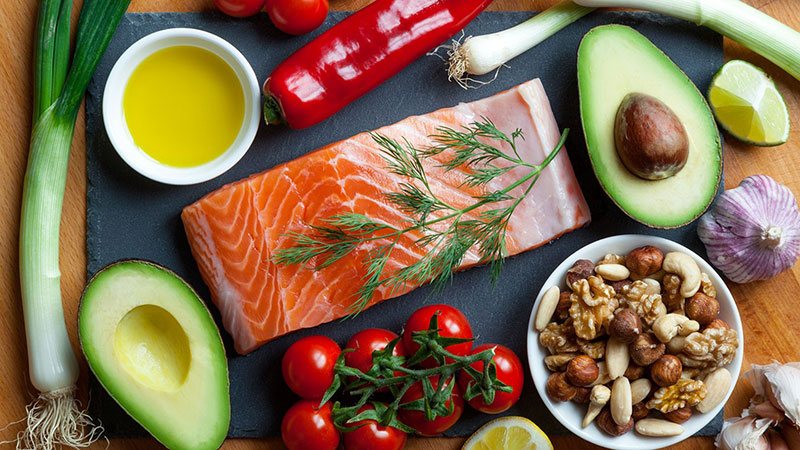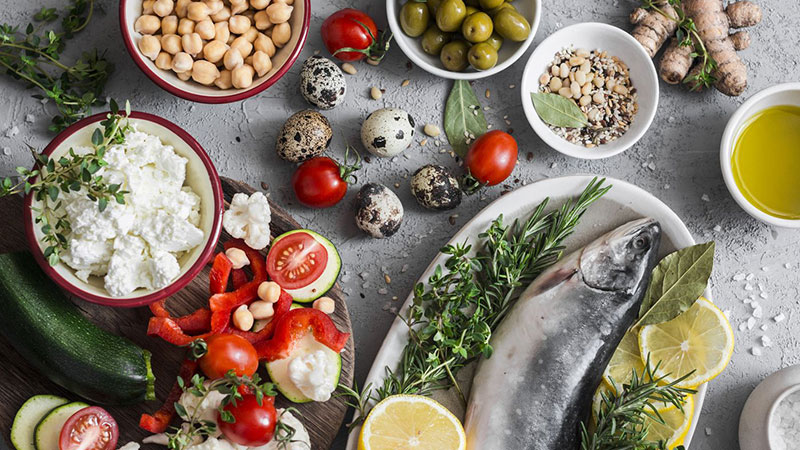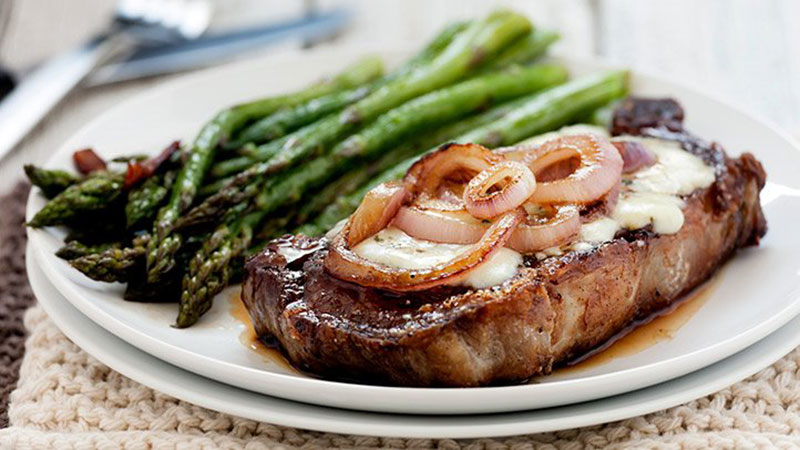The Raw Food Diet
The raw food diet is for people who want to extract the maximum nutritional benefit from their food. The raw food diet or ‘Foodism’ is based on the belief that food is best when eaten in its natural state or as close to it as possible. This diet has been around since the 1800s, but has gained in popularity over the last few decades. Sometimes referred to as ‘Foodism’ or ‘Raw Veganism,’ the diet is based on the practice of eating mostly food that is completely raw or unprocessed.
Adherents to this diet say that cooking destroys the natural enzymes in foods and those enzymes are vital for proper digestion and overall human health. They claim that cooking reduces the “life force” of the food; something existing in all raw food which determines the amount of positive benefits people derive from eating them. Another core belief of Foodism is that the nutrients in foods are destroyed or altered during cooking. This belief is founded on sound science; cooking does deplete specific nutrients in food, like the water-soluble vitamins C and B.
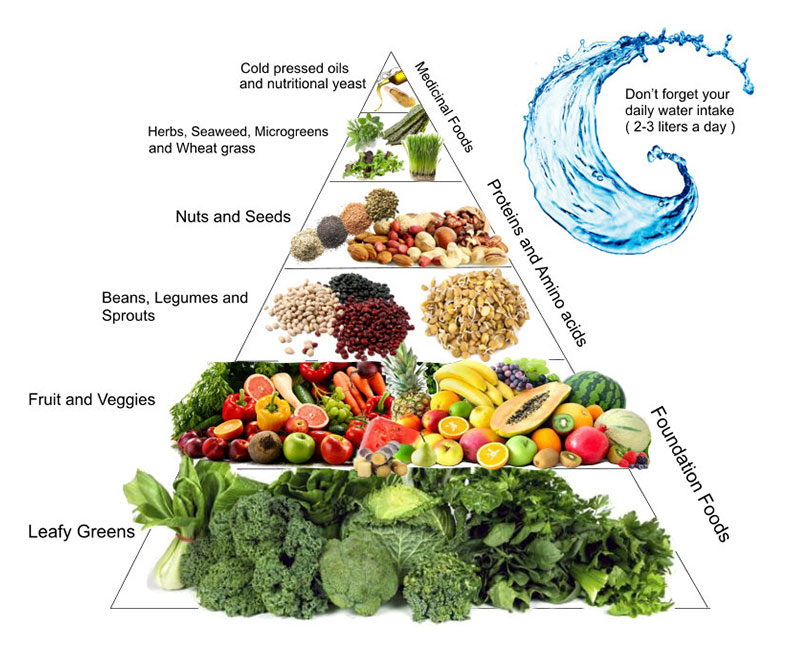
As defined by the Raw Food dietary Plan, food is raw that has never been heated above a temperature of 104–118° Fahrenheit or 40–48° Celsius. In addition to prohibiting cooked food, the following types of food are also excluded; refined and pasteurized food, processed food, and foods treated with pesticides. In place of cooking, this diet promotes alternative preparation methods; such as juicing, blending, pureeing, dehydration, soaking and sprouting their meals.
Although most eating plans in the raw food diets are completely plant-based, there is some flexibility; it is allowed to add raw eggs and dairy to the diet. Some people may go as far as also eating raw fish and meat, but this is less common. Other foods that may be included in a raw food diet are unpasteurized milk, cheese produced from raw milk and sashimi. To be considered a raw food diet, the person must be consuming at least 75% of their food raw. Due to the difficulty of maintaining a one-hundred percent raw diet, most adherents do not attempt to follow that path.
Pros and Cons of the Raw Food Diet
Pros
- It limits the intake of foods that contribute to poor health, like processed and sugary foods.
- Weight-loss is almost guaranteed on a raw foods diet because the diet is low in calories. People on it have not only been able to lose weight, they have also managed to keep it off.
- The diet stabilizes blood pressure due to its inclusion of large quantities of fruit and veggies to meals.
- It also lowers the risk of heart disease through its positive impact on cholesterol and triglyceride levels.
- The diet is rich in foods that are high in vitamins, minerals, fiber and phytochemicals.
Cons
- A raw food diet can be difficult to follow and could also be deficient in essential nutrients, notably, protein, iron, calcium and B vitamins.
- Enzymes are destroyed in the acidic environment of the stomach; eating food raw does not bypass this process. Moreover, the body produces similar enzymes of its own to aid digestion and energy production.
- Cooking makes some foods more digestible. The body’s ability to get nutrients out of these foods is significantly impaired when they are not cooked.
- While cooking does destroy some nutrients, it also increases the availability of others, such as lycopene and beta-carotene.
- Cooking deactivates or breaks down certain harmful compounds in food, such as lectins and phytic acid in grains and legumes; these compounds can prevent the absorption of essential minerals.
- The risk of exposure to food-borne disease is significantly increased because cooking food kills harmful bacteria in them.
- A raw foods diet may be expensive and time-consuming.
Who this eating plan is for
- People who have consistently struggled with losing weight and keeping it off on other less extreme diets.
- Anyone who wants a diet that not only assures them of losing weight but also has a positive impact on triglyceride and cholesterol levels, as well as regulate blood pressure.
- Anyone who does not mind planning every meal from scratch and also has the time to prepare them.
Foods Allowed and Disallowed in a Raw Food diet
Allowed
- All fresh fruits
- All raw vegetables
- Raw nuts and seeds
- Raw grains and legumes (sprouted or soaked)
- Dried fruits
- Dried meats
- Nut milks
- Raw nut butters
- Cold-pressed olive and coconut oils
- Fermented foods
- Seaweed
- Sprouts
- Raw eggs or dairy
- Raw meat or fish
Disallowed
- Cooked fruits and vegetables
- Cooked meats and grains
- Baked food
- Roasted nuts and seeds
- Refined oils
- Refined table salt
- Refined sugars
- Processed refined flour
- Pasteurized milk
- All processed foods and snacks
Famous Athletes On The Raw Food Diet Plan
- Tom Brady; the veteran NFL quarterback’s off-season diet is based on an entirely raw diet
- Brendan Brazier; Canadian endurance athlete and former Ironman Triathlete
Scientific Basis For This Diet
In a small study, published in the Southern Medical Journal, 32 people were placed on a diet with at least 62 percent of their daily calories coming from raw food. After almost seven months, most of them had lost an average of 8 3/10 pounds. In another study reported by the European Journal of Clinical Nutrition, including 43 overweight people, participants lost an average of 9 percent of their initial body weight.
In 2005, the Archives of Internal Medicine published a comparison of eighteen people on a strict raw food diet with another eighteen on a typical American diet. After a four- year period, body mass index (BMI) and midsection fat were lower for those on a raw food diet. BMI was 20 7/10 among men and 20 1/10 for women on the raw food diet compared to 25 1/2 and 25 2/5 in the other group. Those on raw food had normal weight, while those in the typical diet were overweight.


